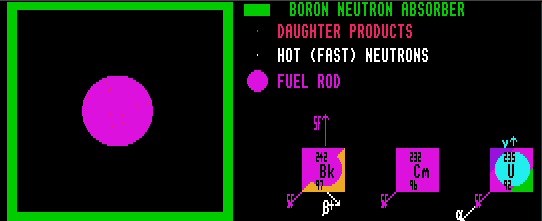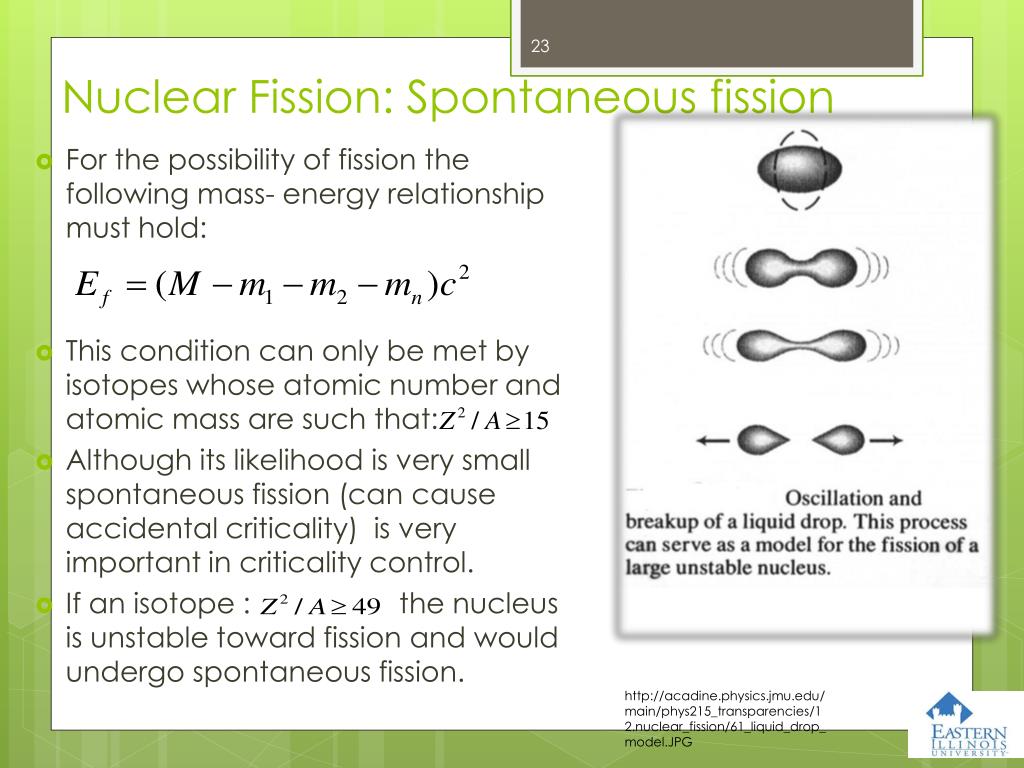
Learn more about the use of Potassium Iodide (KI) in a radiation emergency. Once inside the body, radioactive iodine will be absorbed by the thyroid gland, potentially increasing the risk for thyroid cancer or other thyroid problems.Ī precaution against thyroid exposure in a radiation emergency is to take Potassium Iodide (KI). Consequently, people can receive internal exposure from drinking the milk or eating dairy products made from contaminated milk. In addition, if dairy animals consume grass contaminated with iodine, the radioactive iodine will be incorporated into their milk. If iodine were released into the atmosphere, people could ingest it in food products or water, or breathe it in. The thyroid gland uses iodine to produce thyroid hormones and cannot distinguish between radioactive iodine and stable (nonradioactive) iodine. Island accident, an order to shelter could prompt spontaneous evacuation. Internal exposure can affect the thyroid gland, a small organ located in the neck near the Adam’s apple. nuclear power reactors produce energy by a nuclear fission chain reaction. Iodine and HealthĮxternal exposure to large amounts of iodine can cause burns to the eyes and skin. Learn about I-131 used in nuclear medicine. I-131 is often used to treat thyroid cancer. In medicine, I-131 is supplied in capsules or liquid form for patients to swallow. from nuclear weapons or reactor accidents can occur in particle form, which can be ingested in food or water.

Authors: Segre, Emilio Publication Date: Wed Nov 22 00:00: Research Org.: Lawrence Berkeley National Lab. A chronological record of the work is contained in the Los Alamos monthly reports. Iodine-131 in fallout falloutRadioactive material in the air from a nuclear explosion that will cool into dust-like particles and fall to the ground. This report summarizes the spontaneous fission work done at Los Alamos up to January 1, 1945.

Atmospheric testing in the 1950s and 60s released radioactive iodine to the atmosphere. Iodine-129 has dispersed around the world, and is now found at very low levels in the environment. Most I-129 in the environment came from nuclear weapons testing. Iodine-131’s short half-life of 8 days means that it will decay away completely in a matter of months. If released, I-129 will remain in the environment for millions of years. In soil, however, it combines easily with organic materials and moves more slowly through the environment. thus, need to be incorporated in the event of a loss of coolant accident. Radioactive iodine can disperse rapidly in air and water. Calculate the energy released in the following spontaneous fission reaction. Iodine readily combines with other elements and does not stay in its pure form once released into the environment. Iodine dissolves easily in water or alcohol. Iodine can change directly from a solid into a gas, skipping the liquid phase, in a process called sublimation. has by accident hit on the only manganese deposits in the area.

All 37 isotopes of iodine chemically interact with the environment in the same manner. taneous fission of artificially synthesized.


 0 kommentar(er)
0 kommentar(er)
